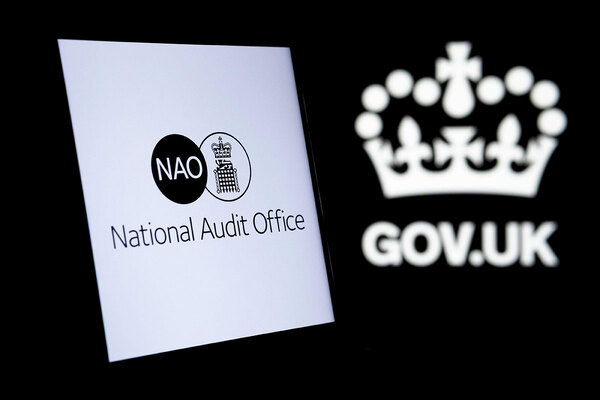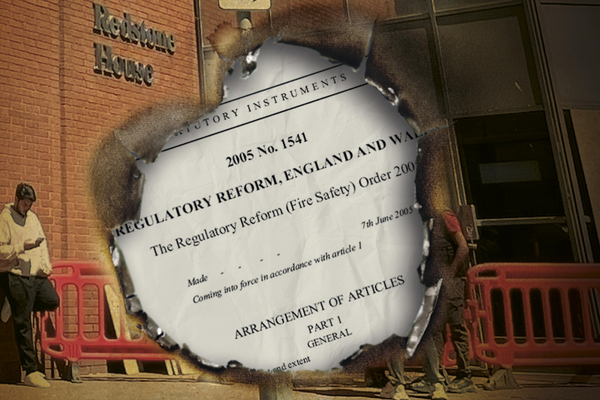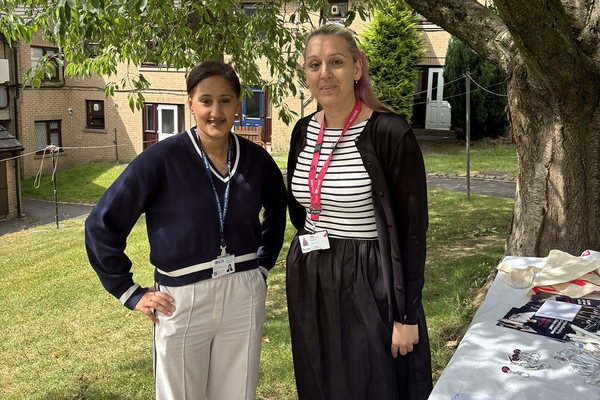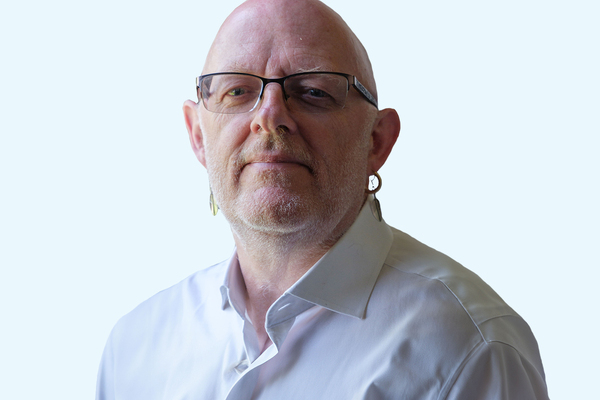How to enhance your tenant scrutiny panel
Jo Szurko, customer advisor at South Yorkshire Housing Association, explains how the landlord overhauled its tenant scrutiny processes with first-class results

Key learnings
- Broaden recruitment methods to ensure a diverse range of skills and backgrounds in the tenant scrutiny panel
- Create a strength-based approach that offers adjustments for different panel members and provide specific opportunities for them to develop skills they want to gain
- Ensure the organisation has robust processes for the scrutiny process, which cultivate transparency, knowledge-sharing and senior oversight of action plans
Our tenant scrutiny panel at South Yorkshire Housing Association (SYHA) has been active for the past 10 years and has made some significant contributions to the organisation.
The group has always met regularly to discuss different areas of SYHA and make recommendations for improvements.
But three significant changes to our recruitment, onboarding and scrutiny processes in the past 12 months – prompted by commitments to meeting the English regulator’s consumer standards and improving governance across SYHA – have enhanced both our panel members’ experience and the impact of their work on services across the organisation.
The changes, led by our new customer experience team, have empowered our tenant scrutiny panel to be more impactful at SYHA. Our current seven-strong scrutiny panel is highly effective, bringing a range of skills and strengths to the table, as well as being diverse, representing the different communities that we work with.
Broadening recruitment methods
Rather than only recruiting tenants who apply through more formal channels, such as via our website or by responding to flyers, we began to look for different opportunities to proactively tell people about the panel.
This includes recruiting panel members at SYHA events and off the back of recommendations from other colleagues working in the community.
I invited one of our current panel members to join after she responded to a survey about how we had handled her complaint. Her feedback was well balanced, clear and structured, and I thought she would be perfect for the panel – luckily, she agreed.
Creating a strength-based approach
We onboard all our panel members with a conversation about what they think they can offer on a tenant scrutiny panel, what they would like to get out of the experience and what they need from SYHA.
This strength-based approach helps us to provide appropriate support for every panel member, as well as structure our work to not only enable everyone to participate, but also highlight the different skills our panel has to offer and create the opportunities and support for them to develop these talents.
We have had to adapt, think creatively and make adjustments to ensure every panel member can take part in a way that suits them. For example, we offered some panel members one-to-one training sessions to increase their confidence in using new digital platforms. But while they are still learning, we have posted hard copies of papers to ensure they can still participate in the meetings.
This requires additional time and resources from SYHA, but it is absolutely worth the investment.
Establishing robust processes for tenant scrutiny
We have established a robust methodology for our tenant scrutiny process, with defined approaches for: transparency, scrutiny and knowledge-sharing, research and recommendations, action plans, and oversight of the process.
Having these robust processes has really helped the panel’s projects to progress and deliver improvements despite SYHA’s busy workplace.
- Transparency. We have made the processes around the panel’s work more transparent and improved the way we share updates from the panel both internally and externally. We do this by sharing the panel’s reports and actions plans on our website, as well as include highlights from their work in our annual review for customers and organisation-wide internal updates. This has changed the mindset of the organisation and set clear expectations for all involved, ensuring our panel gets all the information they need.
- Scrutiny and knowledge-sharing. The panel starts by choosing an area of the organisation they would like to scrutinise. Recent projects have included SYHA’s approach to anti-social behaviour and how we manage void properties. A manager then joins a scrutiny panel meeting to share more about their work, including processes, data, customer feedback and areas for improvement. Staff ensure this information is shared in a way that is honest, detailed, accessible and jargon-free.
- Research. The tenants carry out their own research, which includes interviewing other customers about their experiences and including the feedback in their report.
- Recommendations and action plans. After completing their in-depth research, the panel produces a report of recommendations for improvements, which is then given to the team that delivers or manages that service. The team then turns the panel’s recommendations into an action plan to improve their services.
- Oversight. All action plans are reviewed by our board. The board is updated regularly on our progress on completing the actions in a plan. This senior oversight has increased the credibility of our panel’s work, as well as accountability for our teams to complete the actions.
The results
The reports and recommendations from the scrutiny panel have provided incredible value to our services, leading to the development of new processes, policies, training and communication at SYHA.
The panel’s review of our website supported us to develop new content about topics that are important to our customers, including anti-social behaviour and advice on saving money.
Their review of service charges prompted us to create individual specifications for each scheme or community, so that customers know exactly what to expect and can hold SYHA to account.
The panel reviewed our communication about SYHA’s proposed partnership with Places for People.
Sharron Dyett, a board member and chair of the customer committee, said the panel’s “candid and constructive feedback” during this process helped SYHA to write a letter that is “clear and accessible, contains the right amount of information and gets to the heart of what's important to our customers”.
She added: “Their questions, insight and challenge are invaluable.”
The tenant’s perspective
“I like being on the panel because I enjoy meeting people and think we make a genuine difference to other tenants, and the work is valued throughout SYHA.
“While I was unable to work, the skills I was using on the panel, including presenting reports to the board, were really important to include on my CV.”
Dom, member of the tenant scrutiny panel, South Yorkshire Housing Association
Celebrating success
We go out for a meal with our scrutiny panel twice a year to say thank you for their work. Some of our panel members have brought their kids along and we invite other colleagues, too.
Everyone tries not to talk about scrutiny – it is a chance to enjoy spending time together – and there is a really nice feel to these occasions.
We want our panel to know they are valued and truly part of the organisation.
Subscribe to Inside Housing Management and sign up to the newsletter

Inside Housing Management is the go-to source for learning, information and ideas for housing managers.
Subscribe here to read the articles.
Already have an account? Click here to manage your newsletters.
Latest stories







